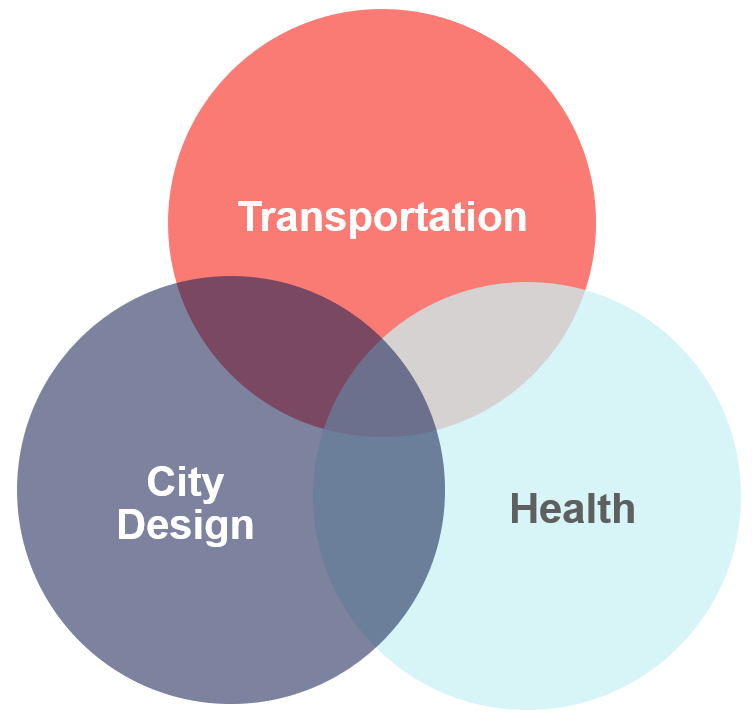The CHATR lab is interested in how community design impacts the way people get around and connect with each other.
MISSION
We work together with communities to understand the intersection of population health, urban environments, transportation, and safety, to produce evidence to support practice, policy, and programs.
VISION
We envision a future where all Canadians have access to environments that are safe, enjoyable, and inclusive — where getting around contributes to active lifestyles, vibrant city culture, sustainable natural spaces, health, and well-being for all.
FOCUS AREAS
- Active transportation
- Urban form and healthy built environments
- Road safety for cyclists and pedestrians
- Physical activity and mobility
- Social connections and well-being
- Equity
- Public policy
- Crowd-sourced data and community science
METHODOLOGY
- Administrative data
- Population-based surveys
- Natural experiments: “how much benefit” and “for whom”
- Focused primary data collection (intercept surveys, personal-activity sensors)
- Qualitative data collection (focus groups, interviews)
- Observational research
- Spatial analysis and GIScience

The CHATR Lab respectfully acknowledges the traditional and unceded territories of the Coast Salish peoples, including the s?l?ilw??ta?? (Tsleil-Waututh), k?ik?????m (Kwikw etlem), S?wx?wú7mesh Úxwumixw (Squamish) and x?m??k??y??m (Musqueam) Nations where SFU Burnaby and Vancouver campuses and the Centre for Aging SMART are located, as well as the many other unceded and traditional territories across Turtle Island where many of our lab members reside and carry out their work.
